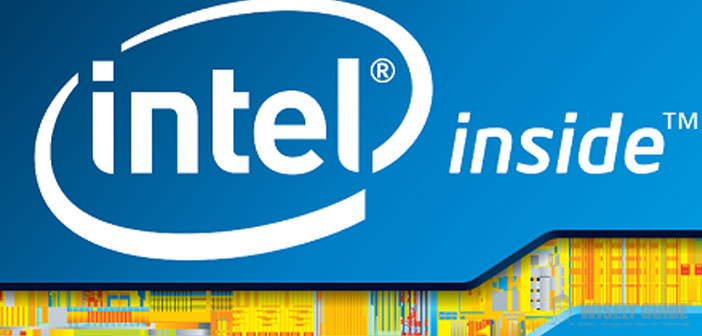Intel extends the range of Xeon processors for mobile workstation, offering variations with GPU Iris Pro. The top of the video subsystem power joins the eDRAM memory, which can speed up memory accesses.
Intel announced new processor versions for laptop systems, but also between these gave way to 3 models of Xeon family for mobile workstations and characterized by the use of the GPU Iris Pro family. These 3 new CPU appeared in the official price list the company updated January 24, 2016:
- Xeon E3-1575M v5: clock 3 GHz, 4 cores, 8 threads, 8 Mbytes; Official price of $1,207
- Xeon E3-1545M v5: clock 2.9 GHz, 4 cores, 8 threads, 8 Mbytes; Official price of $679
- Xeon E3-1515M v5: clock 2.8 GHz, 4 cores, 8 threads, 8 Mbytes; Official price of $489
These CPUs alongside the proposals Xeon E3-1535M and Xeon E3-1505M that Intel has already launched on the market last fall, the first models of the Xeon family to be specifically developed for use in workstation graphics. The peculiarity of the three new versions of CPU regards the integration of GPU Iris Pro based video subsystem, the one that is the most powerful architecture between the Intel video cards that integrates into their next-generation processors, and consequently, found in mobile workstation a scope of the reference usage.
Specifically, the GPU of Iris Pro family developed on Skylake CPU architecture are equipped with 72 execution units in combination with eDRAM memory mounted on the same package of the processor on which it is also present on the CPU die. This memory operates as a real cache to the CPU and GPU accesses to the DRAM memory mounted on the system: when CPU or GPU require a data present within the DRAM memory is searched first in the eDRAM, that if integrates it can provide it so much faster than direct access to system memory.
These processors are particularly interesting from a computational point of view even when not using the integrated GPU: the eDRAM memory still operates as a buffer for DRAM memory for speeding considerably accesses especially with applications that depend heavily on memory accesses of the system. And this a scenario of more frequent use in a professional environment and explains why Intel has chosen this road just for the Xeon processors destined for mobile workstation family.

